As the weather gets cooler and we start planning our Thanksgiving feast, now is a good opportunity to share some positive messages. A little bit of a push of encouragement during these uncertain times.
While we, as a collective nation, continue to head into the unknown, there is a lot of negativity and regular anxiety spikes based on what we see in the news and read on social media. A little spark of light would be a breath of fresh air right about now!
It is important to make sure we are trying to keep a positive headspace. Keeping tabs on ourselves by checking in with our brains as well as our hearts. I know that sounds funny, but it is true. Sometimes we find ourselves consumed with worry and fear and we need to take that step back and say, “How am I REALLY feeling?” “Why do I feel this way?” “What can I do to make myself feel better or get out of this rut I seem to be stuck in?”
Myself, I like to make lists. Lists help me organize the chaos I am trying to keep track of and also improves my odds of not forget things. Being able to check things off that list feels SO good. I know there are tons of outlets out there that are my version of a list. Give it a shot, make sticky notes, log your lists in a diary or notebook, download and app, or ask Siri for help.
If lists aren’t your thing, there’s other outlets to help you quite your mind like yoga, meditation, journaling, even sharing what you’re up against and what’s going on in life with others. I also like to keep a little collection of sayings, phrases, affirmations, that make me smile, or stop and think “Woah… That’s so true! I never thought of that.”

Here are 15 inspirational lines to ponder that we’ve gathered along the way…
- “What am I grateful for today?”
- “The pessimist sees difficulty in every opportunity. The optimist sees opportunity in every difficulty.” Winston Churchill
- “Stop being so hard on yourself. No one is perfect, but you are human.”
- “If you have good thoughts, they will shine out of your face like sunbeams and you will always look lovely.” – Roald Dahl
- “Things work out best for those who make the best of how things work out.” – John Wooden
- “Who you are inside is what helps you make and do everything in life” – Mr. Rogers
- “We generate fears while we sit. We overcome them by action.” – Dr. Henry Link
- “Good riddance to decisions that don’t support self-care, self-value, and self-worth.” – Oprah
- “We must accept finite disappointment, but never lose infinite hope.” – Martin Luther King Jr.
- “Whether you think you can or think you can’t, you’re right.” – Henry Ford
- “Sometimes later becomes never. Do it now.”
- “Life begins at the end of your comfort zone.”
- “The harder you work for something, the greater you’ll feel when you achieve it.”
- “It’s going to be hard, but hard does not mean impossible.”
- “You are never too old to set another goal or to dream a new dream.” – CS Lewis
Life revolves around perspective. If you can remind yourself of these things, and try and keep a good outlook, you’ll feel much better about taking on all of life’s challenges. If you focus on the negatives, or walk into situations with fear and doubt, disappointment isn’t too far behind. It’s easy to read these things, but actually doing them and putting them into action, THAT is a measure of success. There will always be things we are afraid of. There will always be roadblocks. But remember that humans were designed to struggle. So, with confidence and determination, our greatness emerges.
Try and keep these things in mind going forward. When you find yourself drifting, read the quotes again. As we get closer to Thanksgiving, this is a great time to put some of these things to the test. They are also great topics to discuss with family. Talk about the things you all value in yourself, as well as sharing what you adore about each other. Share your goals, share your hopes. Say something you’re afraid of. Push yourself to connect with those dear to you and have truly meaningful conversations.
Remember YOU are GREAT. Be thankful. Be gracious. Be authentically you.
Winston Salem Dental Care
(336) 331-3500
201 Charlois Blvd
Winston-Salem, North Carolina

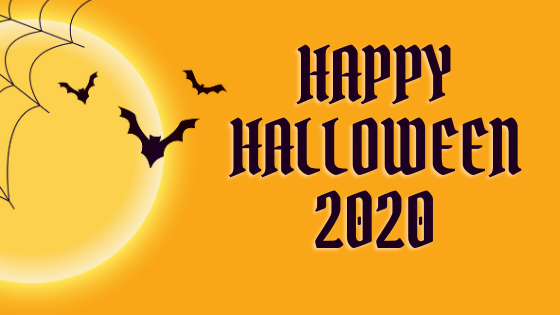
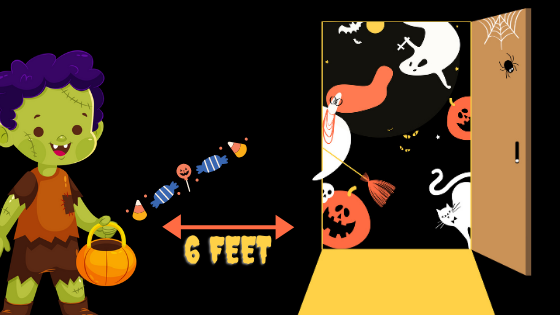







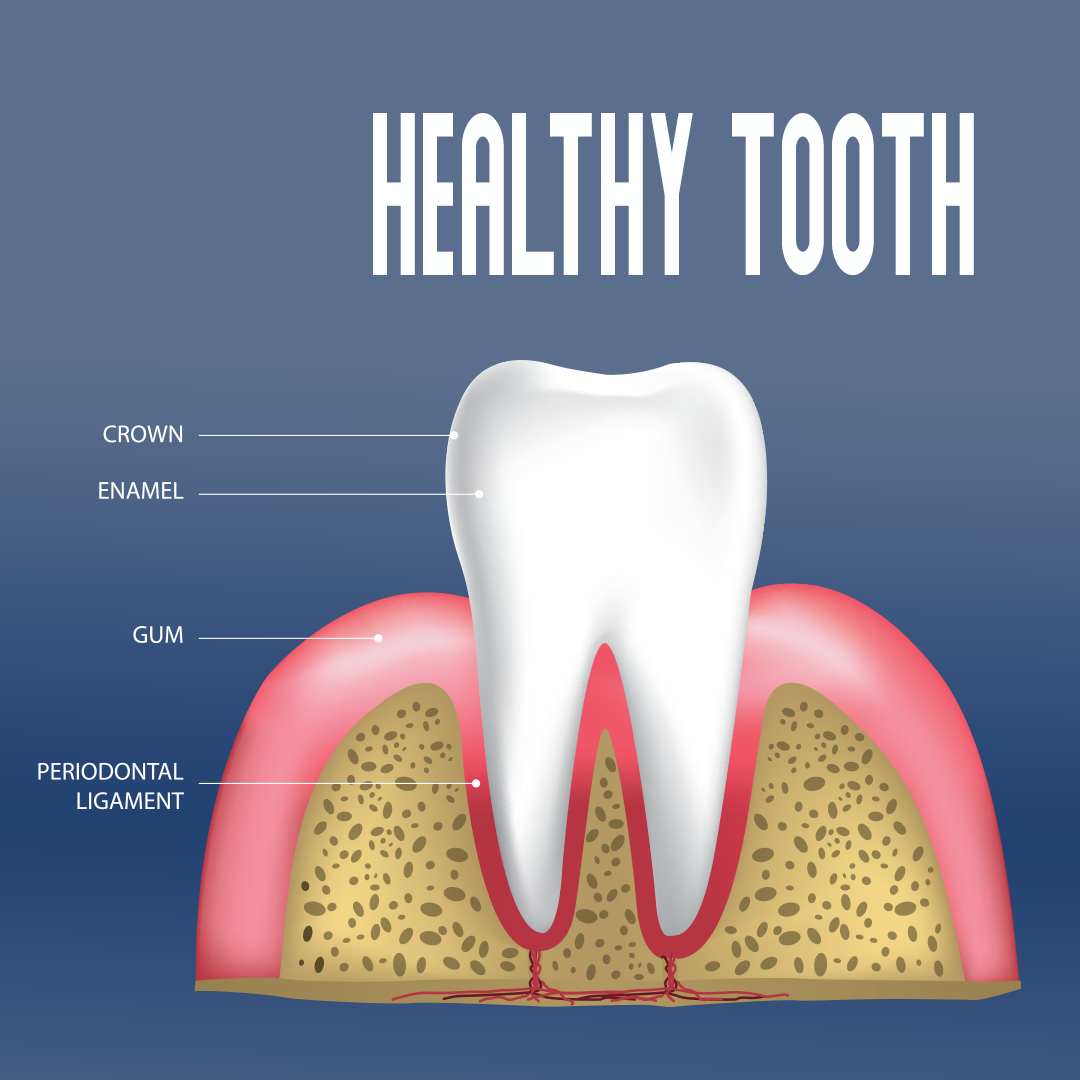
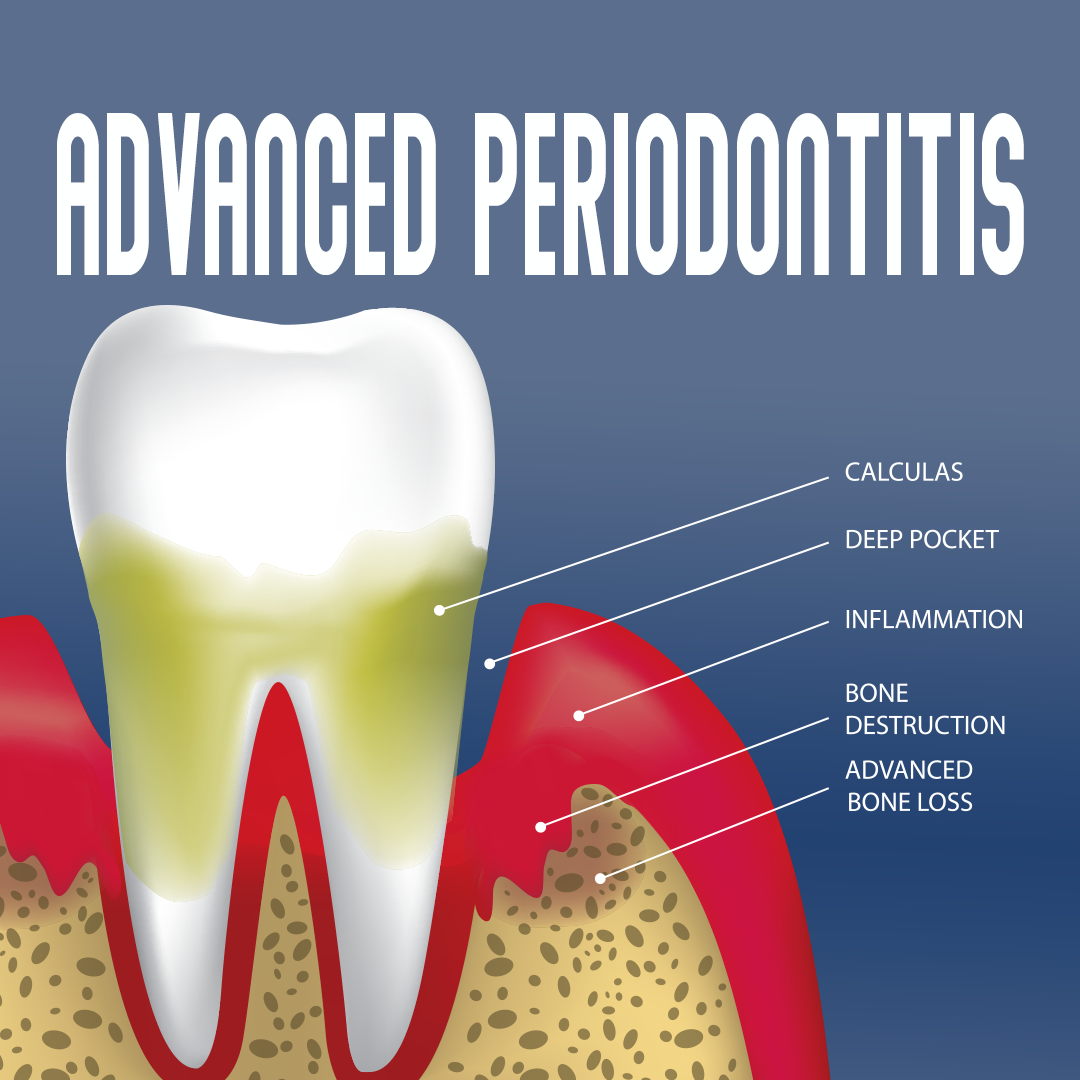

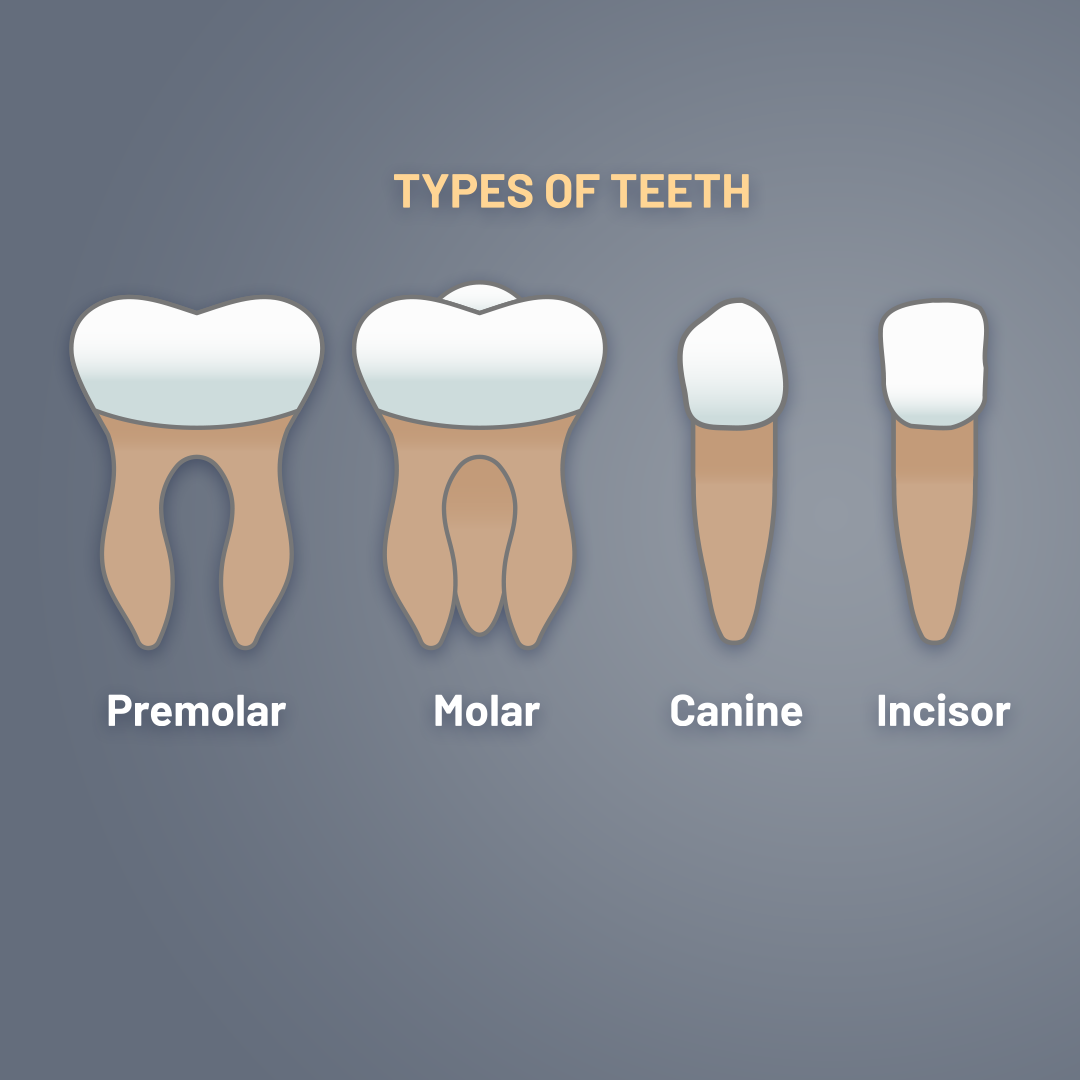
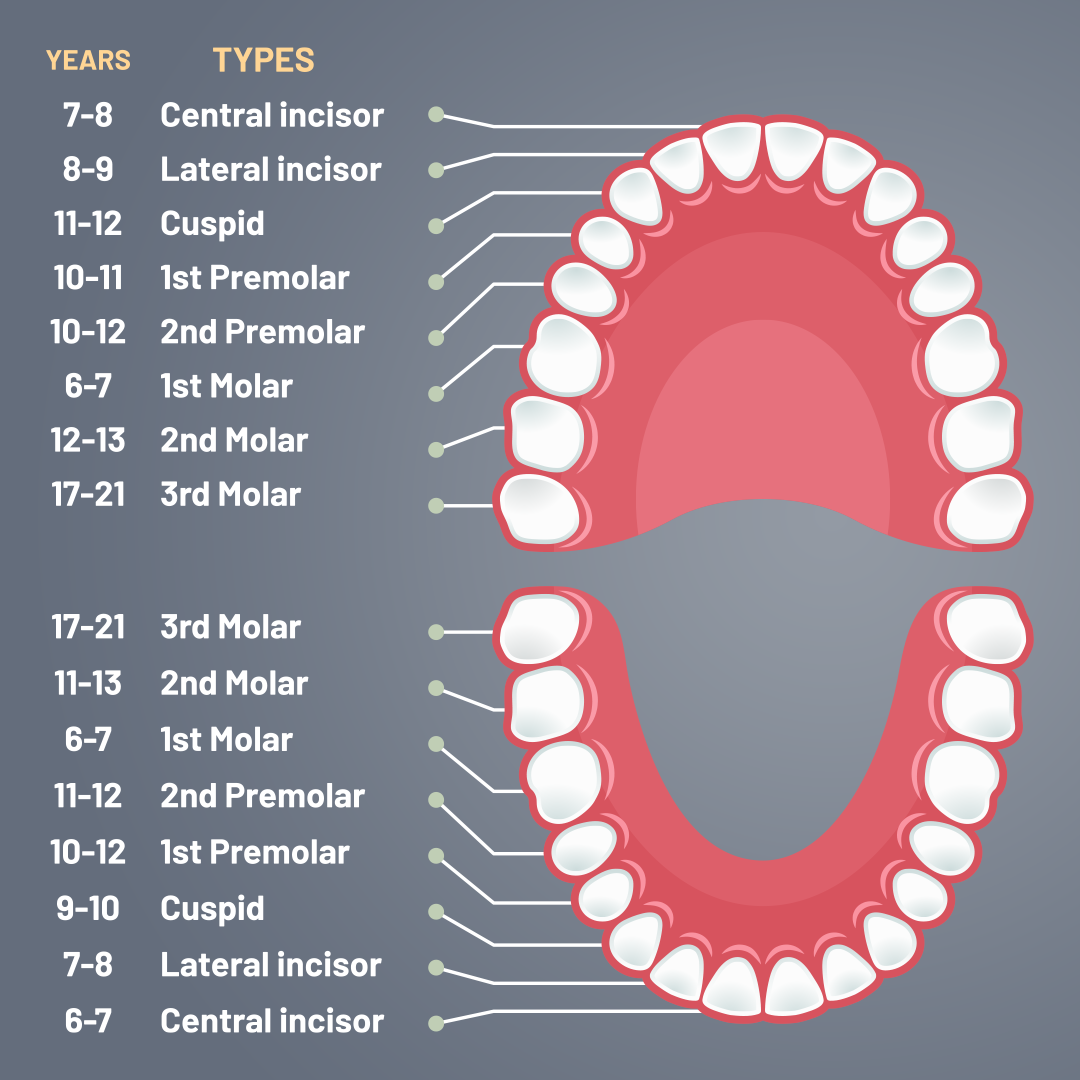
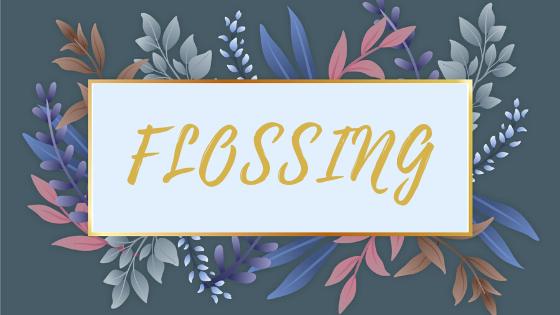
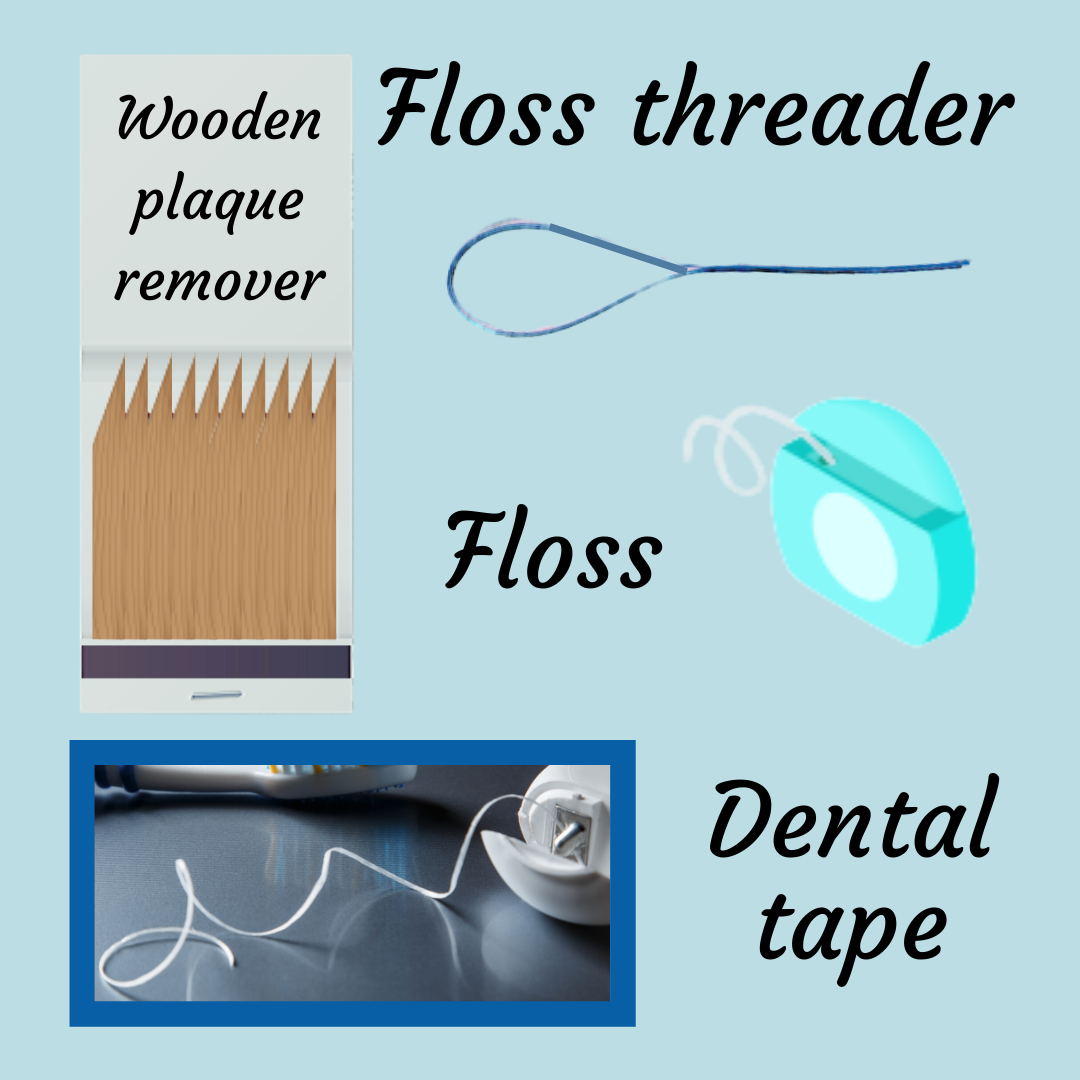 Floss can come waxed or unwaxed and everyone can use it! It’s great to get those food particles in tight spaces. Typically, it comes rolled up in a small plastic box. Which makes flossing on the go much easier!
Floss can come waxed or unwaxed and everyone can use it! It’s great to get those food particles in tight spaces. Typically, it comes rolled up in a small plastic box. Which makes flossing on the go much easier!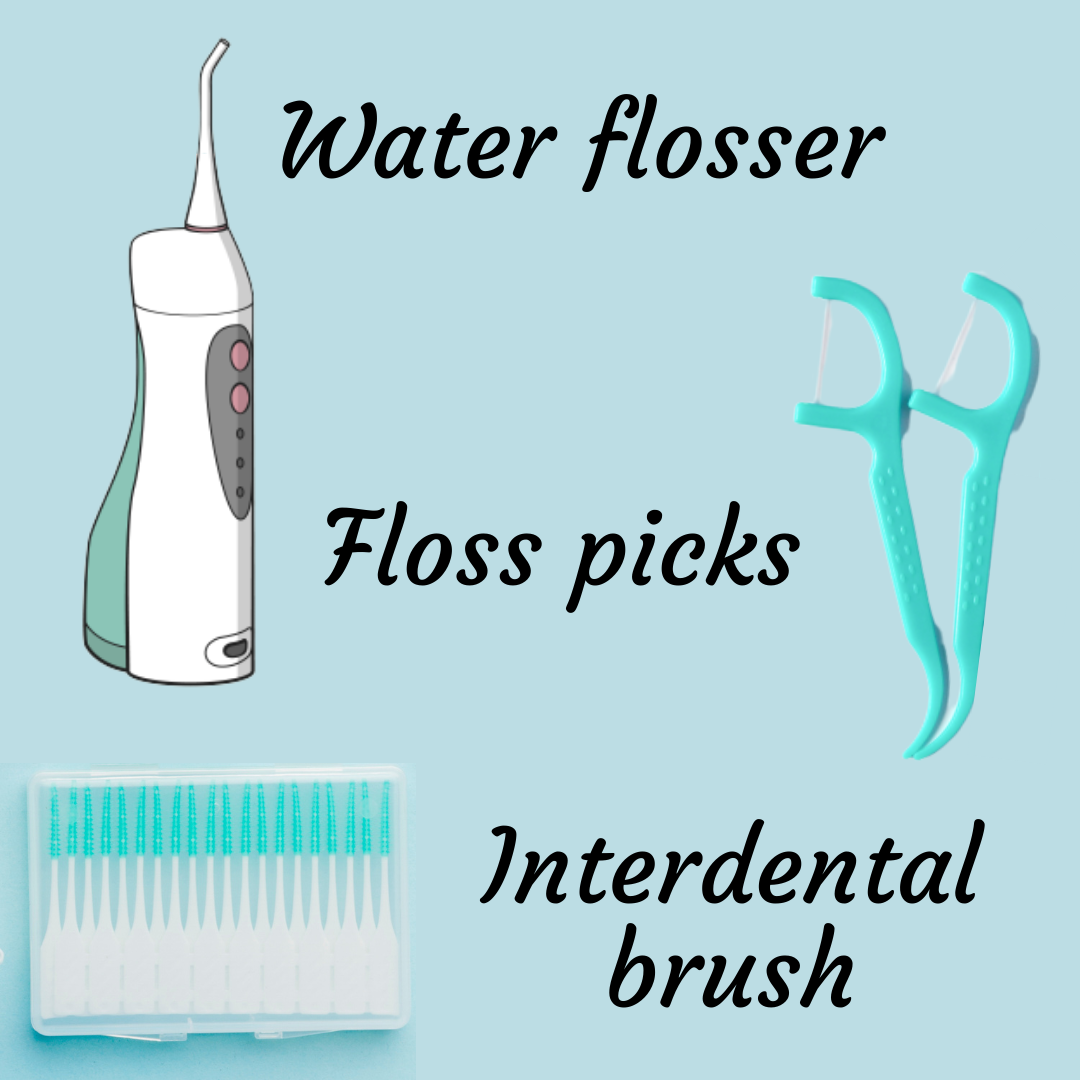 Water Flosser: The water flosser is a different type of device known as an oral irrigator. Instead of manually scraping the plaque off, the water pressure does it for you! If you have braces it’s an easy way to make sure you are fully cleaning those pearly whites, however, anyone can use a water flosser.
Water Flosser: The water flosser is a different type of device known as an oral irrigator. Instead of manually scraping the plaque off, the water pressure does it for you! If you have braces it’s an easy way to make sure you are fully cleaning those pearly whites, however, anyone can use a water flosser.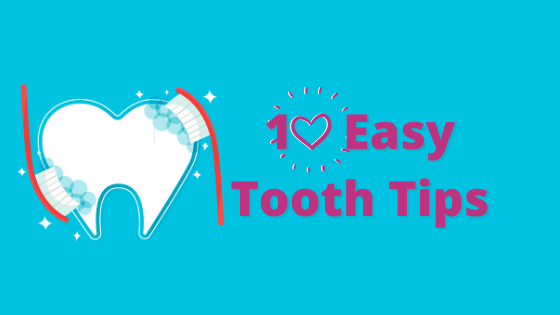


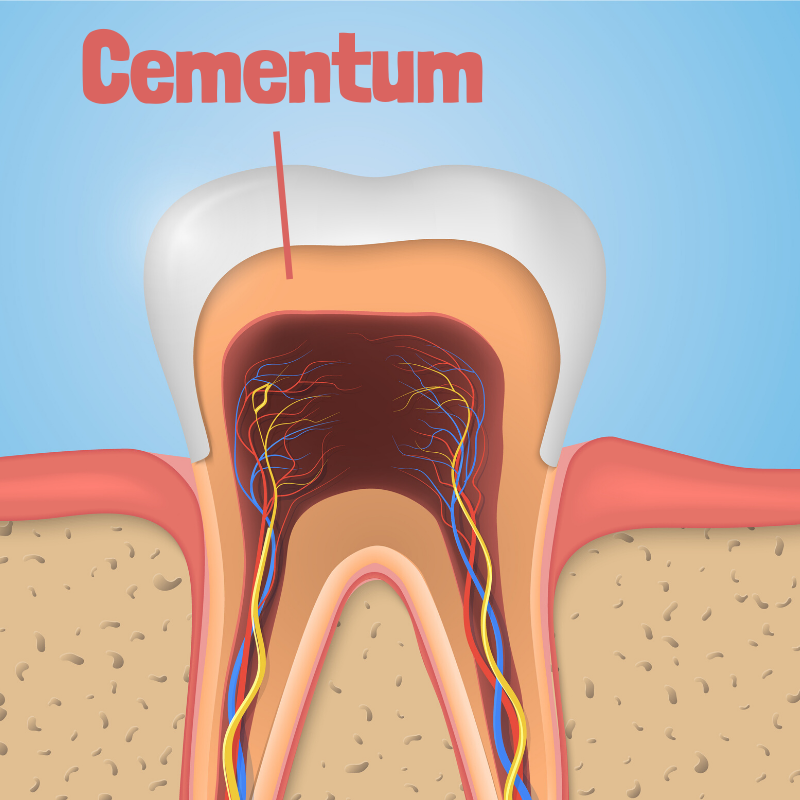
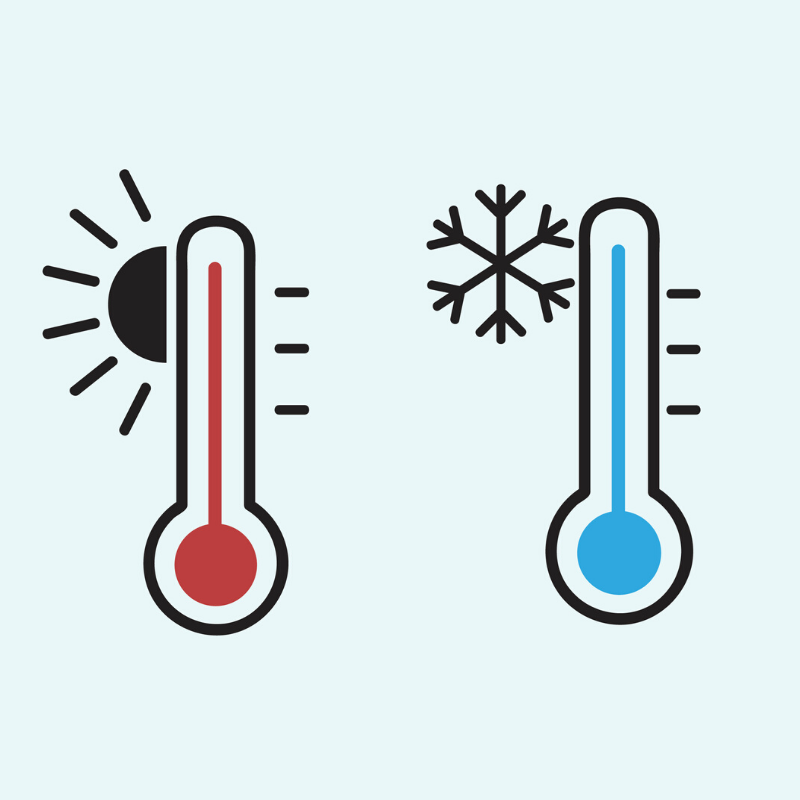
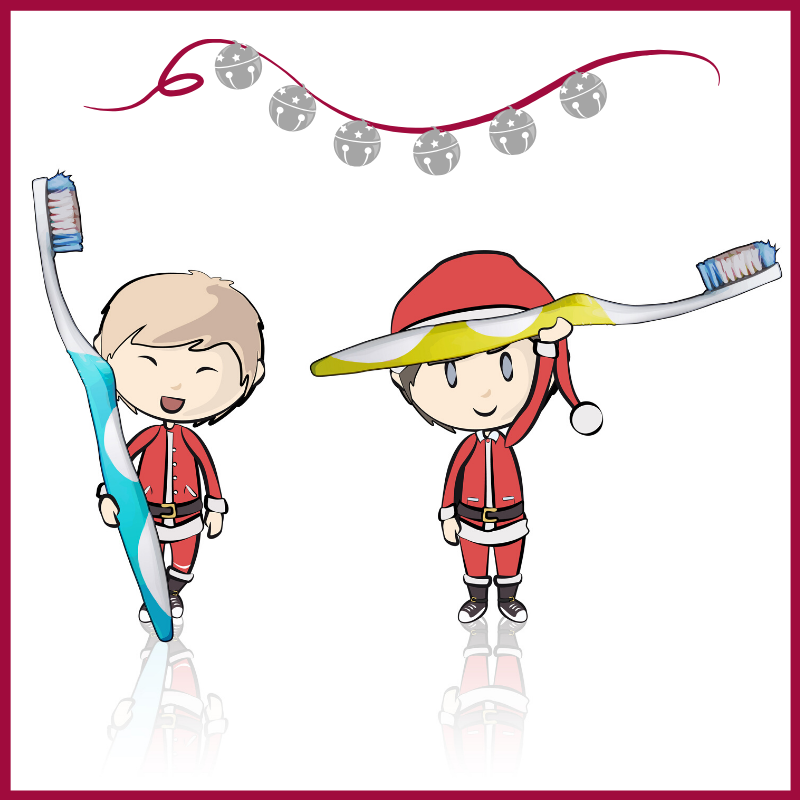
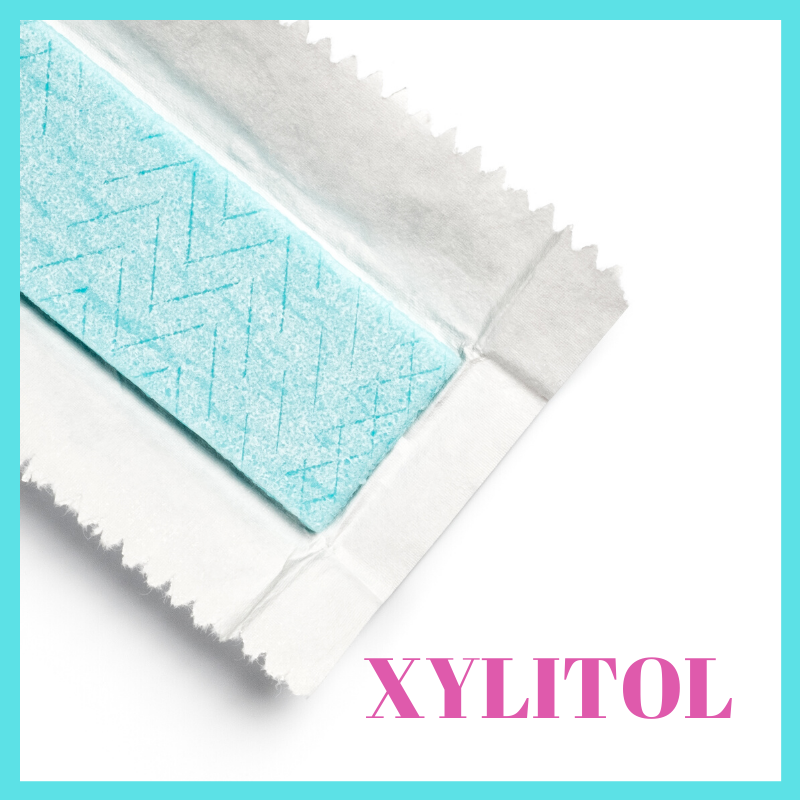 Gum sweetened with Xylitol: It’s hard to come across someone who doesn’t enjoy chewing gum. However, most gum has an insane amount of sugar per piece and all that sugar does a lot of damage. Sugar in our mouths is dissolved by the bad bacteria which causes excess plaque to build up and
Gum sweetened with Xylitol: It’s hard to come across someone who doesn’t enjoy chewing gum. However, most gum has an insane amount of sugar per piece and all that sugar does a lot of damage. Sugar in our mouths is dissolved by the bad bacteria which causes excess plaque to build up and